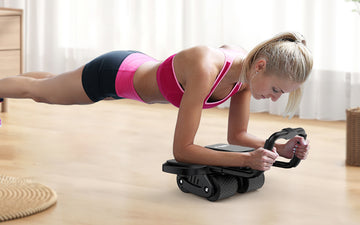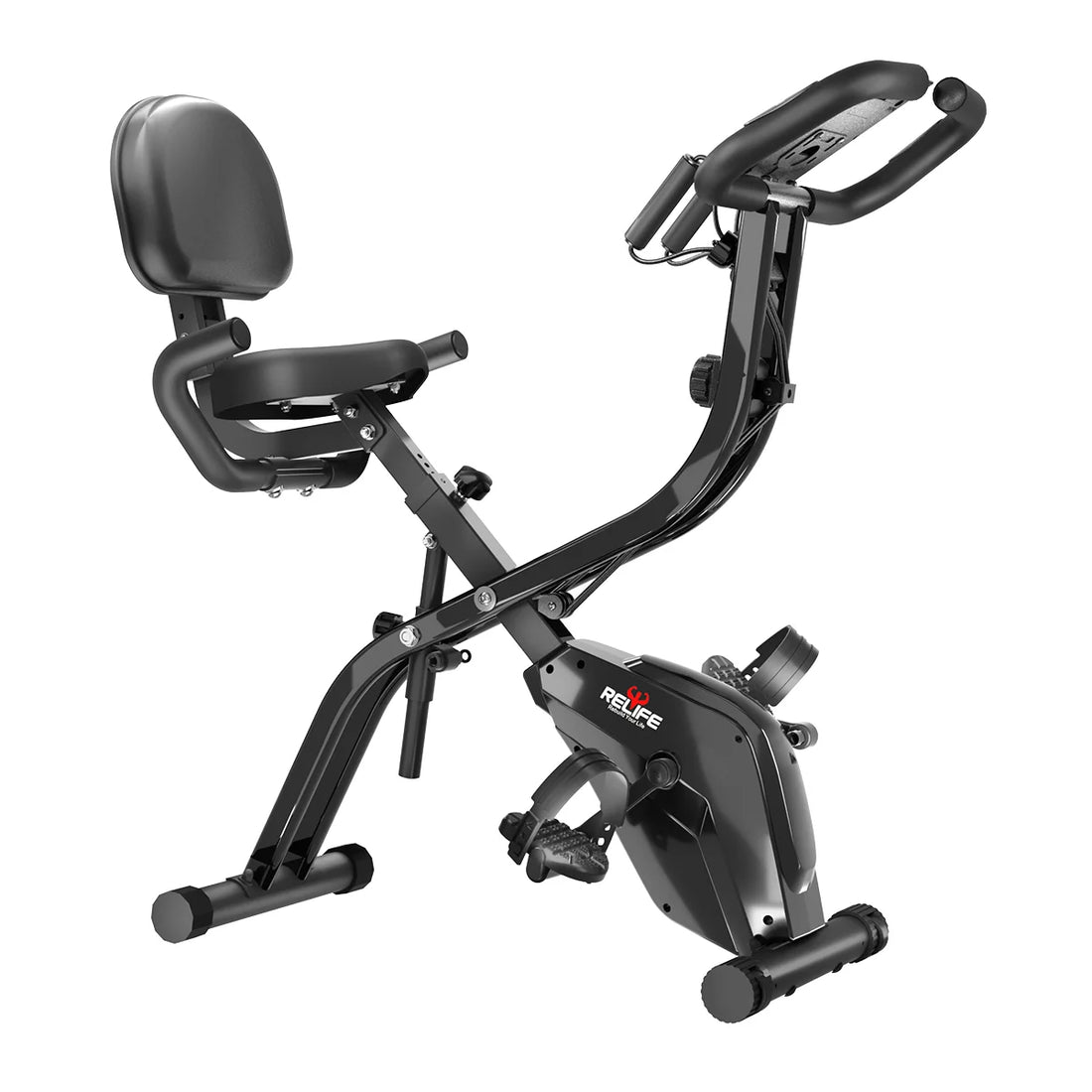Many of us have jumped on a mini trampoline at least once or twice. What you’ve probably never done is think about how they’re made. If you’re interested in purchasing a trampoline, it’s important to understand what they’re made out of to ensure you’re getting a quality product. Not only is quality important, the materials and how a trampoline is made can determine how safe it is to use.
Since the main demographic of people using a trampoline is children, you want to make sure the products are safe and reliable. The frame of an indoor trampoline is going to be what keeps you jumping, and how it’s made is pretty interesting.
HIstory of Trampolines
Before diving into how indoor trampoline frames are made, let’s look at a brief history of how they were invented. The first indoor trampoline was invented by George Nissen and Larry Griswold in 1935. Both men were gymnasts, and noticed that trapeze artists did not have a very good safety system. They wanted to make something better and safer for them to fall on.
Nissen and Griswold got to work on what would become the first version of the modern indoor trampoline. The first design was a piece of canvas strapped to a steel frame. Since it didn’t have much bounce, they improved the design with inner tubes.
The original indoor trampoline design was meant for gymnastics, but the duo realized that it could be enjoyed by the general public too. Later on, trampolines were even used for military training during World War 2.

What are Indoor Trampoline Frames Made Of?
Trampoline frames consist of the metal tubing along the edges. This is what keeps the trampoline in the ground, and the springs are attached to it. It’s usually made of galvanized steel. This type of steel is used because mini trampolines are usually stored outside, which can cause rust. Galvanized steel doesn’t rust as fast, which makes it perfect for use in trampoline frames.
What is Galvanized Steel?
Galvanized steel is the most common material trampoline frames are made of. So, what is it anyway? It’s important to know that galvanizing is a process of applying a protective coating to the steel. The coating is made out of zinc, which prevents rust from forming, which is beneficial in mini trampolines.
The zinc coating is used to protect the steel by corroding faster and “sacrificing itself” to weather and other damage. This makes it the perfect type of metal for a mini trampoline frame that will probably spend most of its life outside.
How are Trampoline Frames Made?
An indoor trampoline frame isn’t just magically made, it takes time and energy. In fact, the entire trampoline making process starts with the frame. Manufacturers start vby making the tubing for the frame. They are cut into size depending on the trampoline, and bent into the roud trampoline shape. The tubes of galvanized steel have holes punched into them to attach the springs.
Once the trampoline frame is in the proper shape, sockets are welded to it so the legs will attach to the frame. Typically, they are made as two separate pieces that the user will need to assemble. When the pieces are put together, they should be a circle, unless it’s a rectangle trampoline. Most mini trampolines will be circular. After the frame of the indoor trampoline is made, the manufacturer starts on the other components.

Springs
The springs of an indoor trampoline are considered the most important part of the device. Without the springs, you couldn’t jump on a mini trampoline. The springs are made of the same galvanized steel and are typically made by the same manufacturer as the frame. They are the ones who decide how many springs the indoor trampoline will have, as well. Some trampolines are made with elastic bands, but they are not as popular as the kind with springs.
Trampoline Mat
The mat is the part of the trampoline that users jump on. Typically, the mat is made of polypropylene trampoline fabric. It’s a tight webbed fabric that is durable enough to withstand the elements and years of people jumping on it. This is considered the safest type of material to be used for trampolines. This is because:
- It’s durable and weather resistant
- It is smooth and easy to jump on
- UV protection
- Mildew resistant
- Anti-slip
While manufacturers make the springs and frames in house, the mats are usually purchased from another source. So, when they arrive, all they have to do is cut it into the appropriate shape for the trampoline. They will also add d-rings, which connect the mat to the frame to hold it in place.

Safety Pads
A mini trampoline isn’t complete without safety pads. These are usually under a vinyl cover that can come in a variety of colors. The pads create a safety buffer between the jumpers and the metal springs. Coming in contact with the springs could result in injury, so the safety pads and vinyl cover are very important. They will usually come with an indoor trampoline set, and you will have to assemble them correctly.
Safety Net
Another style you’ll see is a trampoline with net. The net provides extra safety, and is especially good for outdoor trampolines. Mini trampolines can also have nets to prevent users from falling. Nets are usually an extra purchase, but can be sold with the trampoline so you can have the added safety right away.
Conclusion
To sum it up, indoor trampolines have a rich history that gained them the popularity they have today. Not many people think about how they are made, and the process is very interesting. Most indoor trampoline frames are made with galvanized steel that prevents rust and is long lasting.
The frames and springs are made in house by the manufacturers, and the mats and safety pads are usually outsourced. There is no main manufacturing location for trampolines, and they can be made all over. Happy jumping!


















